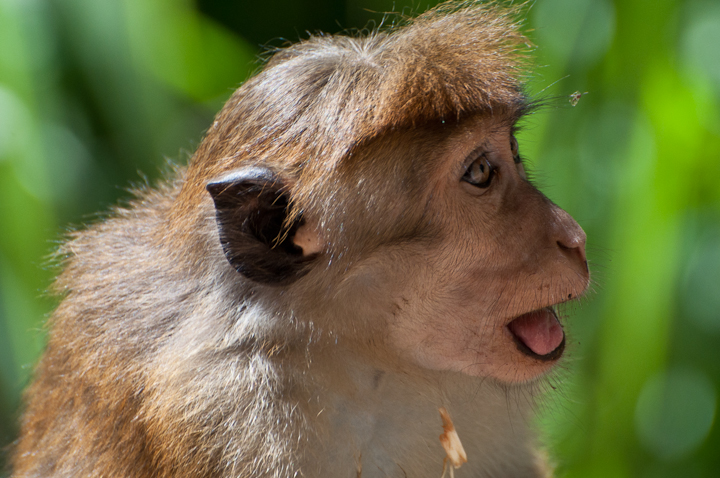This website uses cookies so that we can provide you with the best user experience possible. Cookie information is stored in your browser and performs functions such as recognising you when you return to our website and helping our team to understand which sections of the website you find most interesting and useful.
Posts in Category: Sri-Lanka
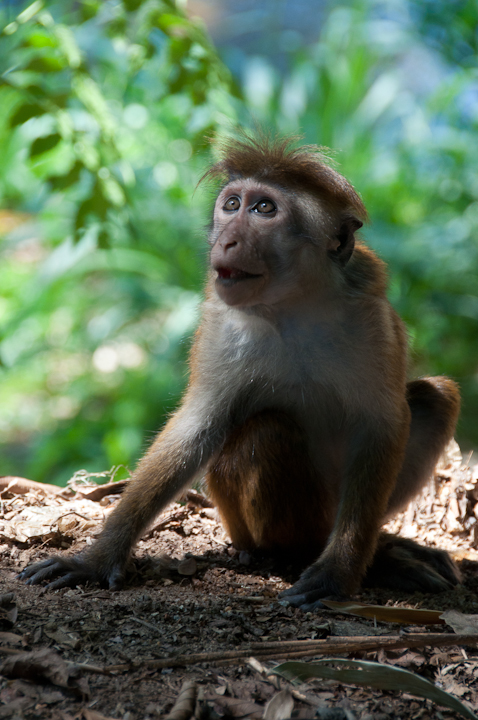

New macaque
Here we got a tiny macaque, a new one, if you will, staring after his pears who where bussy breaking a jack fruit.
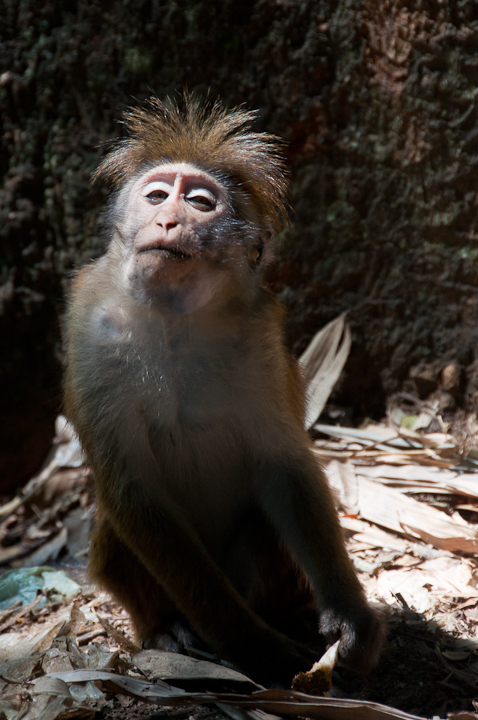

Toque macaque
The old world monkey, as it is calssified. Our first day in Kandy we went to the botanical garden and althoug quite impressive it was the monkeys that cought my eye. After one of the elders tried to ripp of our bananas from Nadines bag, we choose to follow them to their spot. After a couple of minutes they almost ingnored us and we could observe them quite well. This one reminds me somehow of Bob Marley…


Indian Woodpecker
You could find woodpeckers all over the world. There are about 200 known species and non the less, I was surprised to find it in the Indian jungle. The best part about it is that indian birds are not shy at all. So I could get quite close and som decent shots. Not that it uses its tail as tripod… a camera and we would probably be really good friends.


Smaragdspint
…or green p, as they are called by the natives. It is not very shy, rather curious and so you find it flying around you almost everywhere. Mostly they tend to seat on a low tree or cable and catching insects out of the air. Green-Bee-eater, so hi sofficial name in the rest of the world.
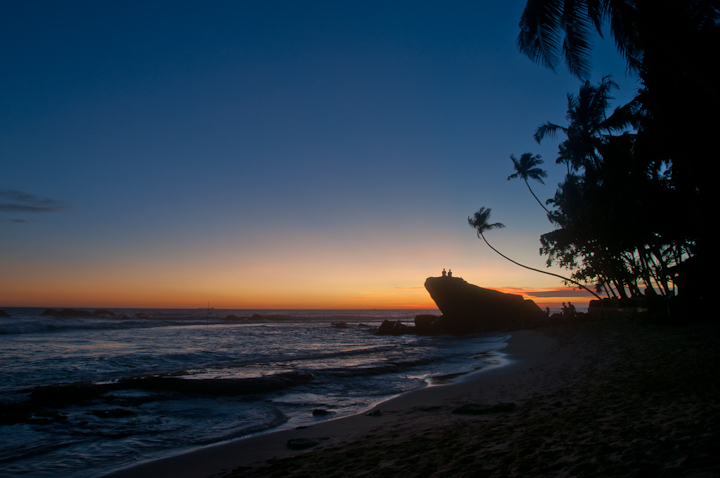

delawella beach
Listed as one of the ten moste beautifull beaches of the world and we found it… by accident. One of the most relaxing stays of the whole trip an one of the finest places.


Kingfisher
Despite beeing a very tasty beer of India (and an Airlines as well) they are to be found everywhere. Very, very shy, I had to improve my sneak up techniques. In the end I found this guy who was not so shy at all.


mudskippers
Half fish, half reptile they are somhow arkward creatures. They can breath through their skin as well ais their mouth, depending if they are in the water or on land. This cutaneous air breathing functions much like a skubadivers system. However their gills have to stay wet and so you mostly find them on the rocks along the shore. Flexing their body they can jump uo to 60cm in one leap. Be sure to stay calm and do not move when you want to observe them – their eyes are really good.
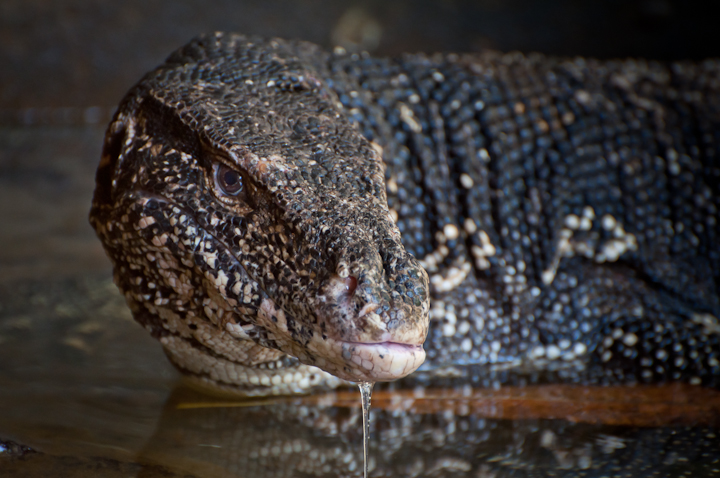

old varanus
On our second day in Hikkaduwa/ Sri Lanka, Santa took us to a nearby lagoon and the first animal we met, was this old, big varanus, about 2m long and really looking hazardous. They are known to be very clever and can count up to number six, which is quite big thing for animals from the times of dinosaurs. Now I am frightened.

